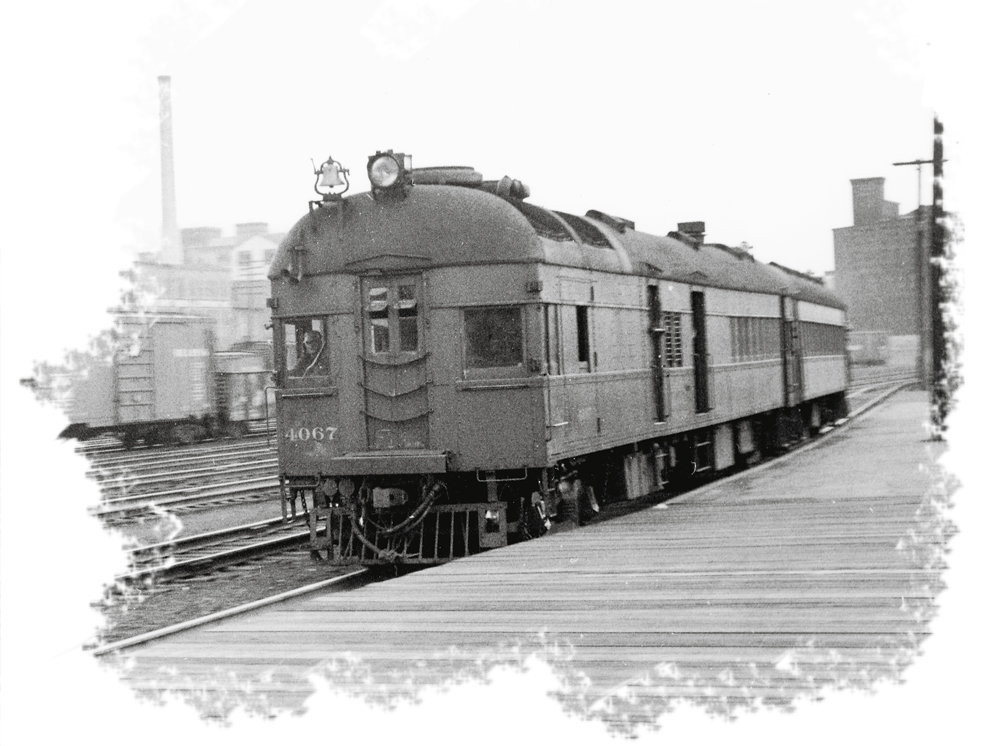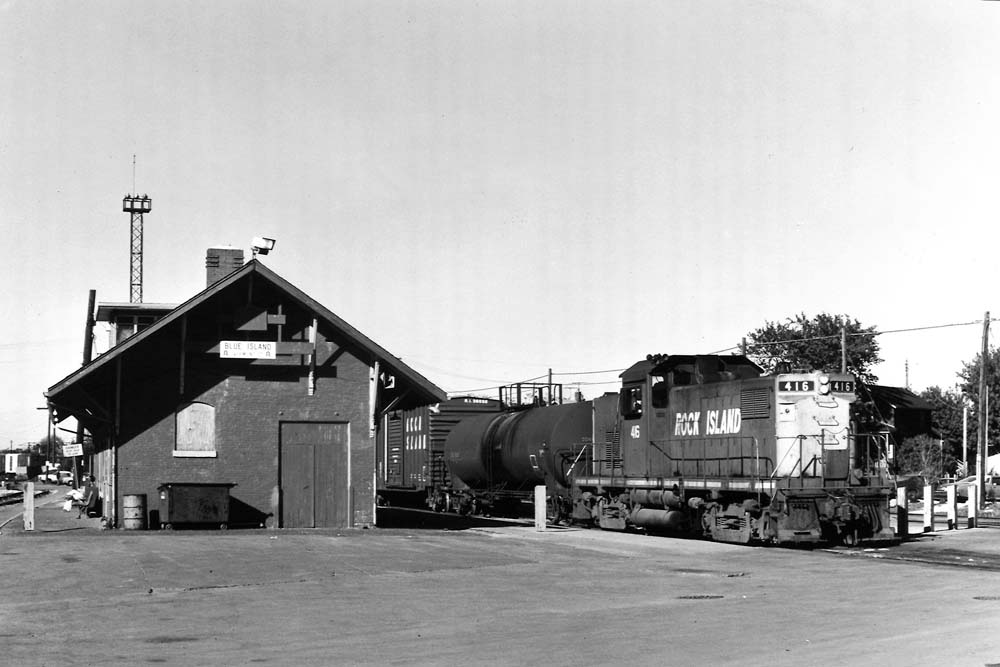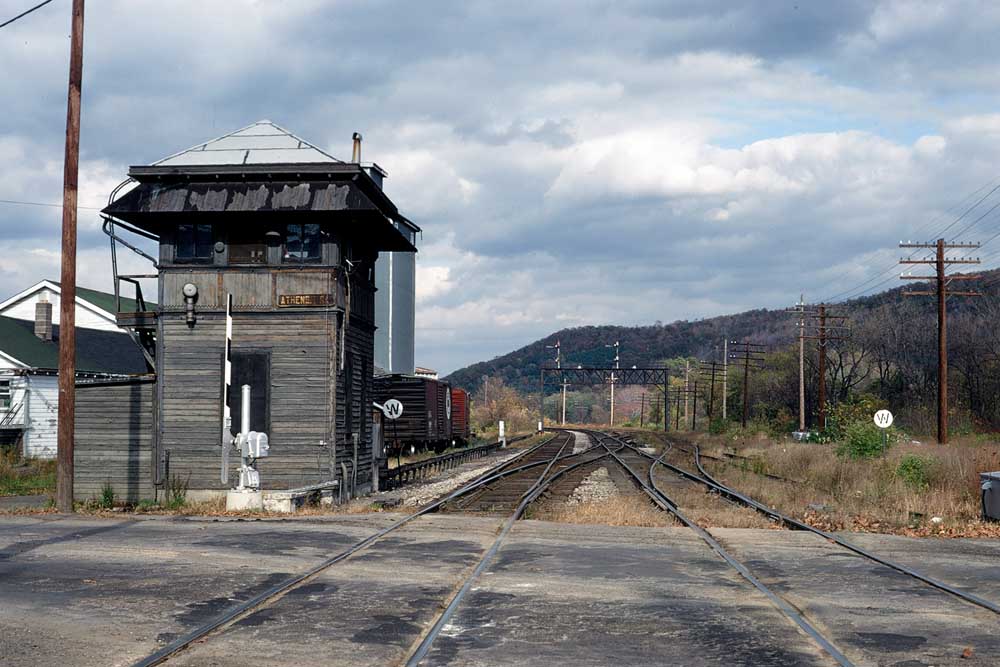Way back in 1940, I took a fling at railroading. After ditching art school, I went to work for the Alton Railroad at its roundhouse at Glenn Yard in southwest Chicago. My job was mechanic’s helper.
One of my duties was to tighten the bolts on locomotive cylinder heads. I attacked the task with vim and vigor and a large wrench, all the time dreaming of my future as a railroader. I applied full torque on a bolt, and crack!—the doggone thing broke off flush with the cylinder head.
What to do? I decided to confess my error to my boss, the mechanic. He looked at my achievement and turned to me, saying, “Get the old man.”
I was aghast at the possibilities of what he ordered me to do, so I ventured, “Are you telling me to get the old man?”
His reply seemed rather offhand, “Yes, go get the old man, boy.”
Better I should not question him further, I thought. I walked to the roundhouse foreman’s office, fearing that I might be fired, or worse. Here I was, a new helper, holding up the progress of getting a locomotive back on the road, and I had to get the old man. And I was sure he wouldn’t want me to address him as the “old man.”
I knocked on the office door and was called in.
“Sir,” I said, “the mechanic wants to see you.” I don’t exactly recall what he answered, but it was something like, “What does he want me for?”
Putting off the inevitable as long as I could, I replied, “He just told me he wanted you to come see him.”
Using certain words I didn’t understand too well, the foreman marched to the scene of my disaster and asked, “What do you want?”
“I don’t want anything,” the mechanic replied.
“The kid said you wanted to see me,” the foreman retorted.
The reply astounded me: “I don’t want to see you.”
Both men turned to me, and the mechanic asked, “What did I tell you to do?”
I gulped, and in a rather subdued voice answered, “You told me to get the roundhouse foreman.”
“That wasn’t what I told you. Now what did I tell you?”
This wasn’t going well at all. “You told me to . . . get . . . the . . . old . . . man.”
Both men howled with laughter. After the laughs subsided, I was introduced to a revelation. The “old man” was a tool used to drill out broken bolts. After drilling into the body of the bolt, a reverse thread was cut and a left-handed-threaded bolt was used to thread out the offending bolt.
Such was my introduction to the vernacular of railroaders.
Get the old man. I got it!
Learn more about railroad history by signing up for the Classic Trains e-mail newsletter. It’s a free monthly e-mail devoted to the golden years of railroading.













Railroading had changed a lot by the time I finished my three year fling in the US Army Transportation Corps in August 1967 when I hired out on the Cotton Belt in Dallas. By this time SSW trains used SP’s Miller Yard in far South Dallas because the old downtown Cadiz Street Yard had been downgraded to a holding yard for cars destined for local industry and interchange with the Ft. Worth & Denver.
A young whippersnapper, who was determined to become a railroad man, I had to make ten student trips before I was qualified to mark up on the extra board which would make me an honest to goodness bonified railroader. An old switchman took me under his arm and taught me more about railroading on those trips than I ever would have learned from a book or any other railroader in such a short time. C.Y. always carried a small pint of whiskey inside his jeans jacket and to be polite I always took a swig from it when he passed the bottle always remembering what Rule G prescribed when as I did.
Some things were left over from the old days like passing hand signals from the tops of box car cat walks. The most exciting time for me were when we shoved the Rock Island yard near Dallas Union Terminal on a foggy night as a result of fog which had rolled up from the Trinity River bottoms. You couldn’t pass hand signals with your Conger hand lantern so we used red fusees to communicate with fellow crew members and the engineer. These were they days before we had received walkie talkies, and gads, this was 1967 no less?
Now retired and looking back some 50 years in this first month of 2017, I’m thankful I got to railroad “the old way”. The modern high tech belly pack “tool” that switchman now use on most railroads somehow has taken a lot of the romance out of railroading as far as I’m concerned, but still, there is an entire new generation of young men who are bound to become a railroad man.
Perhaps railroading hasn’t changed that much afterall?
Our tank company’s motor sergeant had a whole set of these in different sizes but we called them “easy outs”.